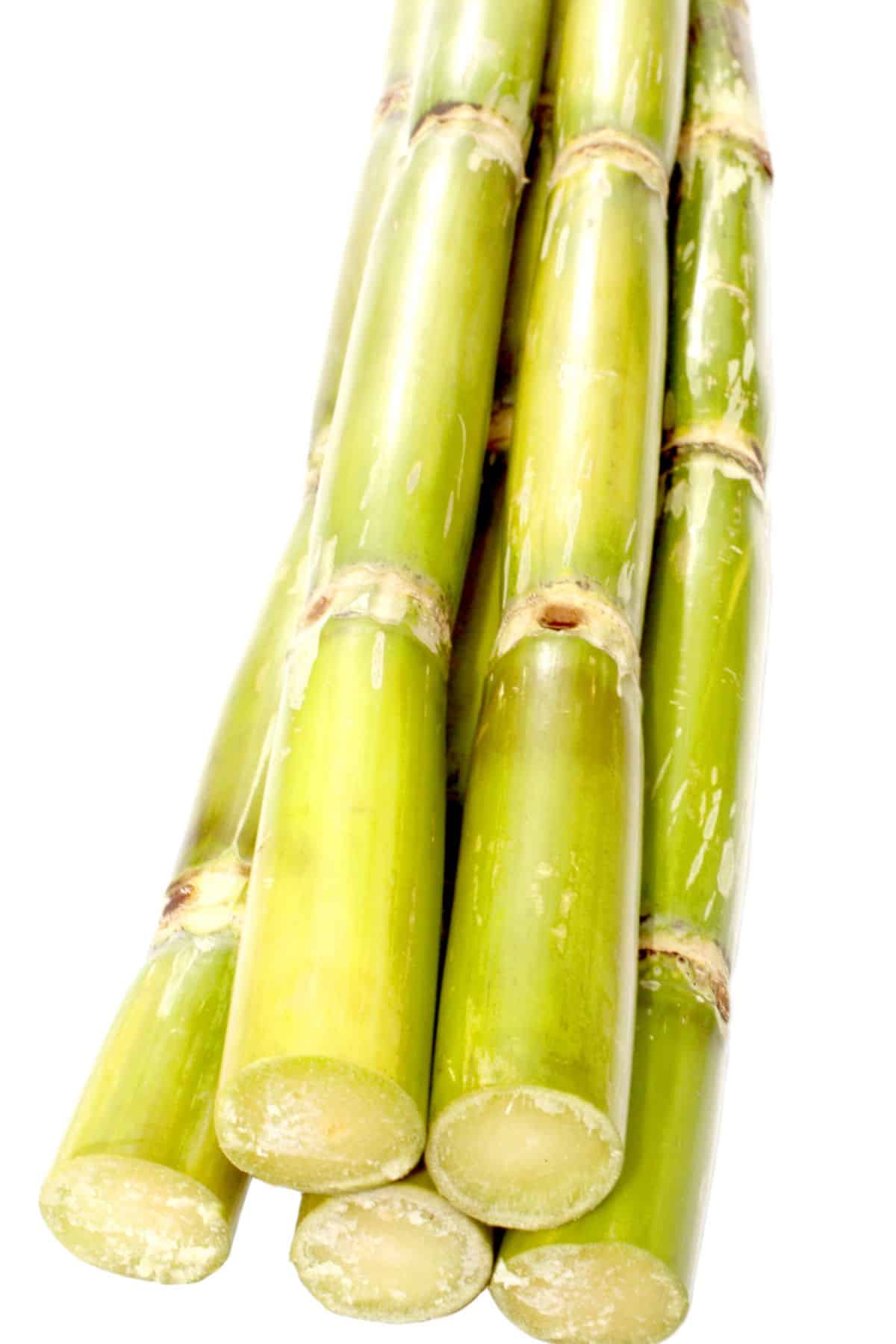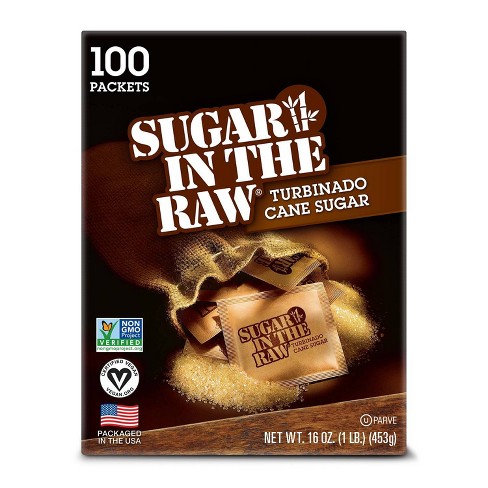The Trip of Cane Sugar Processing: From Harvest to Crystals
The Trip of Cane Sugar Processing: From Harvest to Crystals
Blog Article
A Comprehensive Guide to the Environmental Effect and Sustainability Practices in Walking Stick Sugar Processing
The environmental influence of walking cane sugar handling presents an intricate range of challenges that warrant cautious exam. From soil destruction and excessive water use to the carbon impact connected with cultivation and manufacturing, the repercussions of conventional techniques are significant. What specific techniques can be carried out to strike a balance in between productivity and ecological stewardship?
Summary of Cane Sugar Handling
Cane sugar processing includes a series of methodical steps that change sugarcane into polished sugar. At first, harvested sugarcane is carried to refining facilities, where it undertakes cleaning up to remove dirt and debris. Following this, the walking cane is crushed to extract juice, which is after that made clear by eliminating contaminations with heating and the enhancement of lime.
The made clear juice undergoes dissipation, where water is eliminated to focus the sugar web content. This focused syrup is after that crystallized via air conditioning, allowing sugar crystals to create. These crystals are separated from the continuing to be syrup utilizing centrifugation, resulting in raw sugar. To attain polished sugar, the raw product undertakes further purification procedures, which might include cleaning and filtering to get rid of continuing to be impurities and shade.
The end product is then dried and packaged for circulation. Throughout this entire process, preserving performance and quality assurance is important to ensure the sugar fulfills sector standards. Each step in walking stick sugar processing not just adds to the final product but likewise has effects for source use and waste generation, establishing the phase for conversations on sustainability and ecological influences linked with sugar manufacturing.
Ecological Obstacles of Manufacturing
The manufacturing of walking stick sugar offers numerous substantial ecological obstacles that warrant interest. One main problem is the extensive usage of agrochemicals, consisting of plant foods and chemicals, which can cause soil degradation, biodiversity loss, and contamination of local water resources. The drainage from sugarcane areas frequently carries these chemicals into nearby communities, interrupting aquatic life and influencing the wellness of areas reliant on these water bodies.
One more challenge is the high energy consumption associated with sugarcane processing. The boiling and refining phases call for considerable warm, primarily created by melting fossil fuels, adding to greenhouse gas exhausts. Additionally, the expansive acreage needed for sugarcane growing can result in logging and environment destruction, more aggravating environment change and harmful wild animals.
Furthermore, the labor practices in some areas increase ethical problems, as employees may face poor working problems and insufficient salaries. This scenario commonly perpetuates a cycle of destitution in regional communities. Cane Sugar Processing. Addressing these ecological difficulties is important for developing a lot more sustainable techniques in cane sugar manufacturing, ultimately profiting both the atmosphere and the areas involved in this sector
Water and Land Use Influence
Water resources and land use are critical elements in the walking cane sugar market that significantly influence the atmosphere. The cultivation of sugarcane needs significant water input, with estimates suggesting that it can eat up to 2,000 liters of water per kilo of sugar generated. This intensive usage of water usually results in depletion of local water sources, affecting not only the sugarcane plantations however additionally bordering ecosystems and communities that rely upon the very same water sources for farming and residential usage.

Furthermore, land use for sugarcane growing can bring about logging and the conversion of natural habitats right into monoculture ranches. This technique decreases biodiversity, interferes with regional ecosystems, and adds to dirt degradation. The development of sugarcane fields typically encroaches on useful farming land, creating competitors for resources between food and biofuel manufacturing.
Lasting practices, Your Domain Name such as enhancing watering strategies and executing plant turning, are vital to minimize these impacts. By embracing extra efficient water usage and land administration methods, the walking cane sugar industry can decrease its environmental impact, ensuring a balance in between agricultural efficiency and ecological conservation.
Greenhouse Gas Emissions
Greenhouse gas emissions represent a considerable ecological problem within the walking cane sugar processing industry, particularly as agricultural methods increase to satisfy international demand. The farming of sugarcane, a crop that grows in tropical environments, relies heavily on synthetic plant foods and pesticides, which add to laughing gas discharges. Additionally, land-use adjustments, consisting of logging for brand-new sugarcane plantations, launch carbon dioxide saved in greenery and soil.
During handling, power consumption is another major resource of greenhouse gas discharges - Cane Sugar Processing. Lots of sugar mills make use of fossil gas to power machinery and produce warm, causing considerable carbon footprints. Additionally, the transport of raw sugarcane and completed products includes layers of discharges through gas combustion in vehicles
The collective impact of these emissions aggravates climate change, posturing dangers not just to the atmosphere but likewise to the long-term stability of the industry. Stakeholders must acknowledge the urgent requirement for comprehensive approaches that deal with these exhausts. This includes reviewing present farming methods, refining methods, and transport systems to identify locations for enhancement and reduction. Attending to greenhouse gas emissions is important for cultivating a more lasting cane sugar market in a transforming climate.

Sustainable Practices and Innovations
Lasting methods and developments are increasingly crucial in the cane sugar handling market as stakeholders look for to minimize ecological effects while maintaining performance. One significant innovation is the application read here of integrated crop monitoring, which enhances source use by incorporating soil monitoring, insect control, and plant rotation strategies. This method enhances yield while decreasing chemical inputs and protecting dirt health and wellness.
Moreover, the adoption of renewable power resources, such as biomass from sugarcane residues, has actually acquired grip - Cane Sugar Processing. By converting waste items right into energy, refining facilities can decrease their dependence on nonrenewable fuel sources, consequently lowering greenhouse gas discharges
Water management methods have actually also seen enhancements with the recycling and reusing of water in handling plants, substantially lowering freshwater consumption. discover this info here Advancements in modern technology, such as precision agriculture, allow farmers to check plant health and source use much more successfully, ensuring lasting cultivation methods.
Furthermore, certification programs like Fair Trade and Jungle Partnership urge environmentally accountable farming methods and advertise social equity within the supply chain. By embracing these sustainable methods and advancements, the walking cane sugar handling sector can enhance its durability and add favorably to ecological stewardship.
Verdict
The ecological influence of walking cane sugar handling offers substantial obstacles, consisting of soil deterioration, high water usage, and greenhouse gas discharges, alongside ethical concerns connected to labor techniques. Resolving these concerns with sustainable practices, such as integrated plant monitoring, renewable resource adoption, and water recycling, is important. By promoting eco liable and socially fair techniques in sugar production, the sector can minimize its negative impacts, ensuring an extra lasting future for both neighborhoods and communities involved in this sector.
Walking cane sugar handling involves a collection of organized steps that transform sugarcane right into polished sugar. Each step in walking cane sugar processing not only adds to the final product but additionally has effects for source use and waste generation, establishing the phase for discussions on sustainability and ecological effects associated with sugar production.
Greenhouse gas exhausts represent a substantial environmental concern within the walking cane sugar processing sector, especially as farming techniques expand to fulfill worldwide need.Sustainable techniques and developments are significantly important in the walking cane sugar handling industry as stakeholders look for to reduce ecological influences while preserving performance.The environmental impact of walking stick sugar handling presents considerable challenges, including dirt deterioration, high water intake, and greenhouse gas emissions, along with honest problems related to labor methods.
Report this page